
Moskenes Church
Moskenes, NO
The church of Moskenes is a wooden church built between 1819 and 1821. The building was restored in the early 1960s under the direction of architect Kirsten Wleügel Knutssøn. The restoration work was completed in 1964.
Here you can search for a building to visit. You can use the map find destinations, or you can use the filters to search for a building based upon what different criteria.

Moskenes, NO
The church of Moskenes is a wooden church built between 1819 and 1821. The building was restored in the early 1960s under the direction of architect Kirsten Wleügel Knutssøn. The restoration work was completed in 1964.

Moşna, RO
From the first church built in the 14th century the western portal is preserved, as well as stones used to build the eastern pairs of pillars in the hall church from 15th century. The construction of the new church, whose size and architecture are testimony of the importance of the settlement, was accompanied by extensive measures to fortify the assembly: a defence level was added to the chancel, the northern and southern entrances were strengthened by towers provided with loop holes. A parapet walk on arches was built on the curtain wall, as well as several defence towers and an outer bailey, which is divided in two parts and protected by a small watchtower. The interior of the church impresses due to its dimensions and excellent sculptures, as well as the Gothic lierne vault on pairs of stone pillars.
Rotterdam, NL
In 2009, the church building in Rotterdam South was also sold, and the local Free Evangelical Church continued in the Petra Church , in ecumenical cooperation with the Protestant Petra Church community.

Ioannina, GR
The mosque of Veli Pasha is a historic Ottoman building built in the 15th century. The mosque was renovated at the turn of the 19th century.
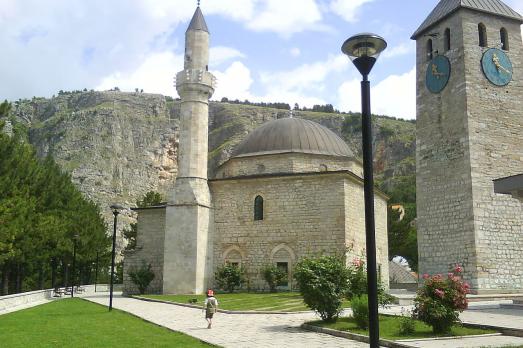
Livno, BA
The mosque of Hajji Ahmed the Ducat Minter is one of the most recognisable symbols of the city of Livno. It was probably built between 1562 and 1574 on a natural promontory whose three sides slope steeply down to the river Bistrica. The cemetery was probably destroyed in 1878 during the Ottoman resistance against Austro-Hungarian forces. The mosque was rebuilt in 1938 and the harem was cleaned and fortified with a solid concrete wall. In 1941 the Italian army used the mosque as an ammunition depot.
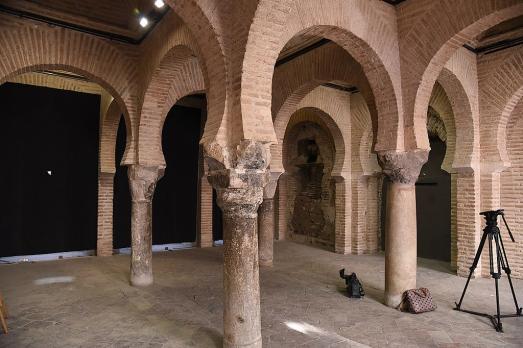
Toledo, ES
This modest former mosque has an unusual square plan, the function of it changed drastically over the course of history and now it houses the "Foundation Center for the Promotion of Crafts" that hosts temporary exhibitions.
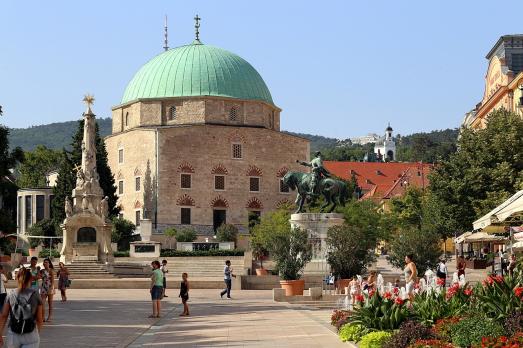
Pécs, HU
The 16th-17th century Pasha Qasim Mosque was built during the Ottoman Empire and is now a cathedral. It is one of the landmarks of the city of Pécs.
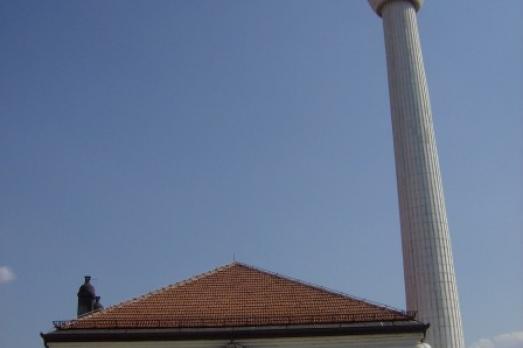
Bugojno, BA
The mosque of Sultan Ahmed was built in 1693 and thus laid the foundations of today's Bugojno. In 1739, a kuttab (primary schools) was added to the mosque, making it an important local educational institution. During the war, the building was severely damaged and as a result, the mosque madrasa was demolished in 1997.
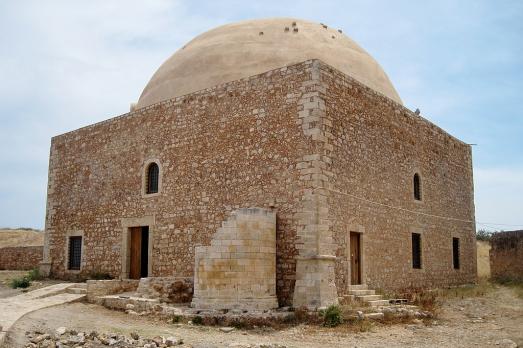
Rethymno, GR
The mosque of Sultan Ibrahim is located is located inside the Fortezza of Rethymno, a fortress built between 1573 and 1580 by the Venetians. It is next to the Chapel of St. Catherine, built in the 19th century.
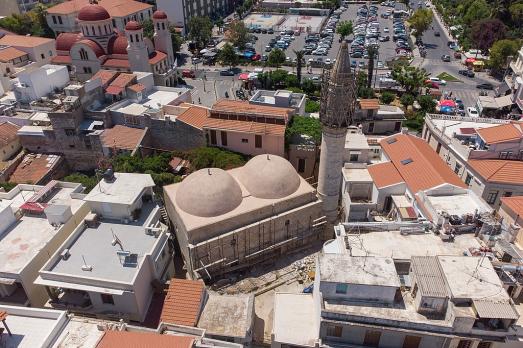
Rethymno, GR
The Valide Sultan Mosque, commonly known as the Mosque of the Great Gate (Megali Porta Mosque) was built in the 17th century, shortly after the Ottomans annexed Crete to their empire.

new
The Chassidic Route is a cultural and historical trail tracing the rich legacy of Jewish communities in southeastern Poland and western Ukraine. This region was central to the rise of Chassidism in the 18th century. Here, we highlight 10 remarkable synagogues you’ll discover along this route.

he cradle of the Industrial Revolution in Germany, Chemnitz, is well-known for its industrial heritage landscape, but the city is also home to remarkable examples of religious architecture from different historical periods. Join us as we explore the key landmarks of this European Capital of Culture 2025.

The twin towns of Nova Gorica (Slovenia) and Gorizia (Italy), lying on the border between the two countries, have a rich religious heritage, steeped in centuries of tradition. If you are looking for ideas for your visit, take note of these 10 religious sites that you should not miss.